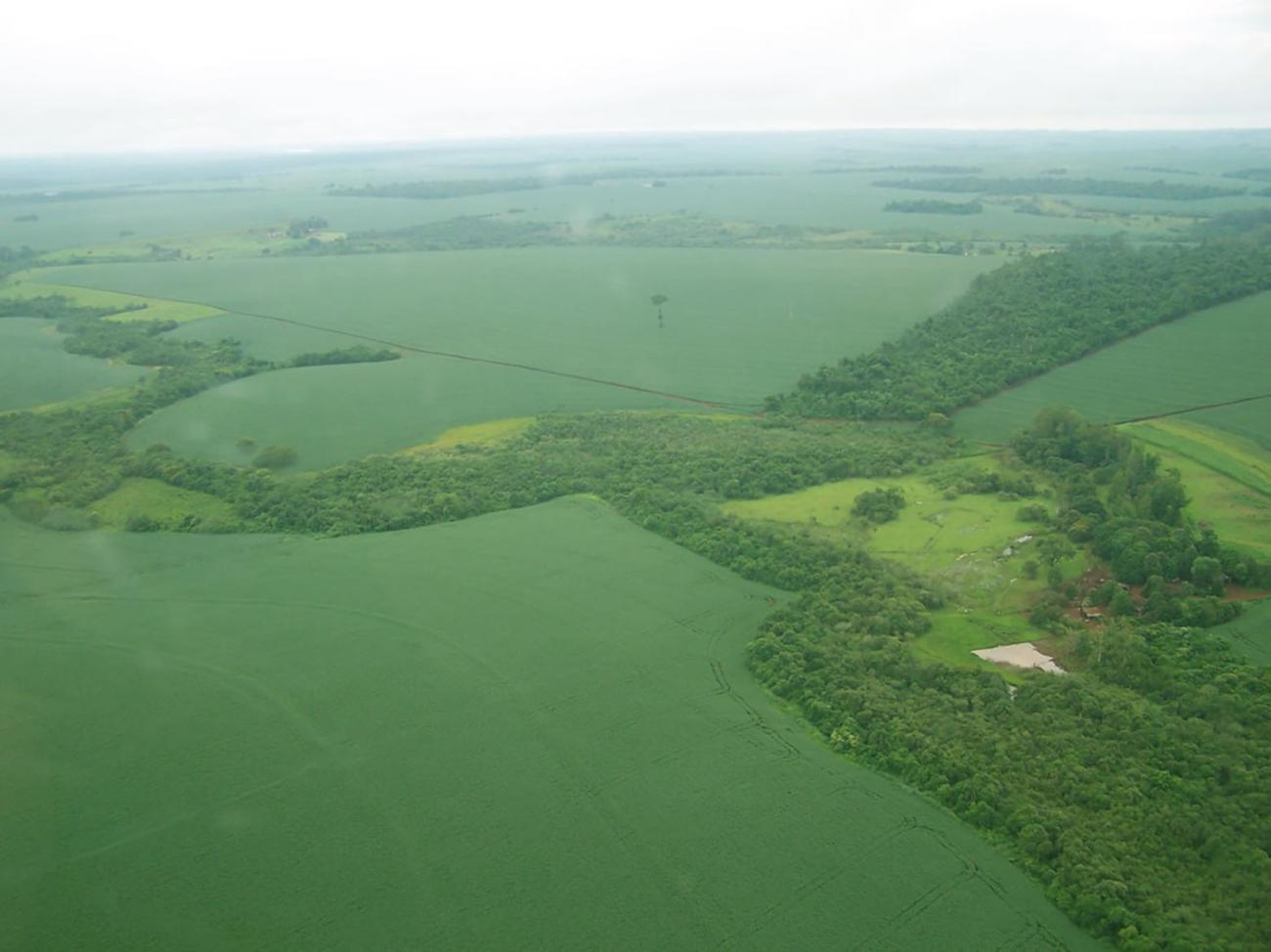Biography
Dr. Fiuza Diniz is a landscape ecologist at the Smithsonian's National Zoo and Conservation Biology Institute's Center for Conservation and Sustainability (CCS). She has over 10 years of experience working with theoretical and applied research in spatial ecology and conservation biology, with an emphasis on landscape ecology, ecological modelling, and systematic conservation planning.
Dr. Fiuza Diniz focuses primarily on developing spatial conservation strategies to restore and protect animal movement in endangered tropical and subtropical ecosystems. Dr. Fiuza Diniz's research involves identifying spatial elements that can act as habitat connectors—such as ecological corridors or steppingstones—and planning their restoration and protection to generate benefits for biodiversity and local human communities.
Her research has also assessed the effectiveness of protected area networks and the effect of land use changes at different spatial scales on species habitat to inform conservation priorities and opportunities.
Dr. Fiuza Diniz earned a bachelor’s degree in biology in 2011 and a master’s degree in 2015. In 2019, she received a Ph.D. in Ecology and Evolution with emphasis on Spatial Ecology and Conservation from the Federal University of Goiás in Brazil.
In 2019, Milena developed postdoctoral research funded by the Brazilian National Council for Scientific and Technological Development focused on evaluating the impact of temporal and spatial landscape changes on habitat suitability and connectivity for threatened species in the Brazilian Atlantic Forest. In 2020, she joined the CCS team as a postdoctoral fellow and mapped areas important for the conservation and restoration of connectivity between protected areas in Paraguay's highly degraded Atlantic Forest. She has currently focused on designing participatory processes to engage communities in developing a forest restoration plan to restore ecological corridors in the Paraguayan Atlantic Forest.

